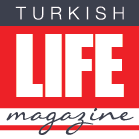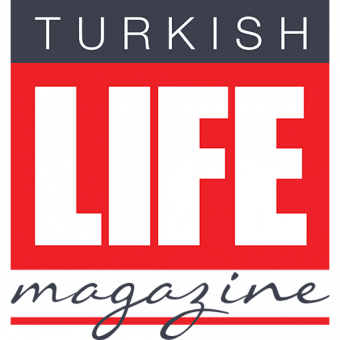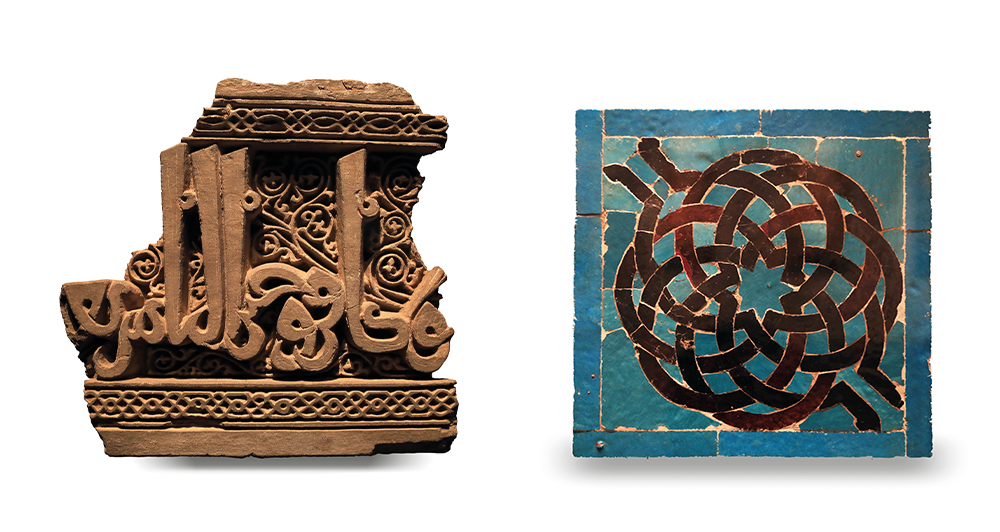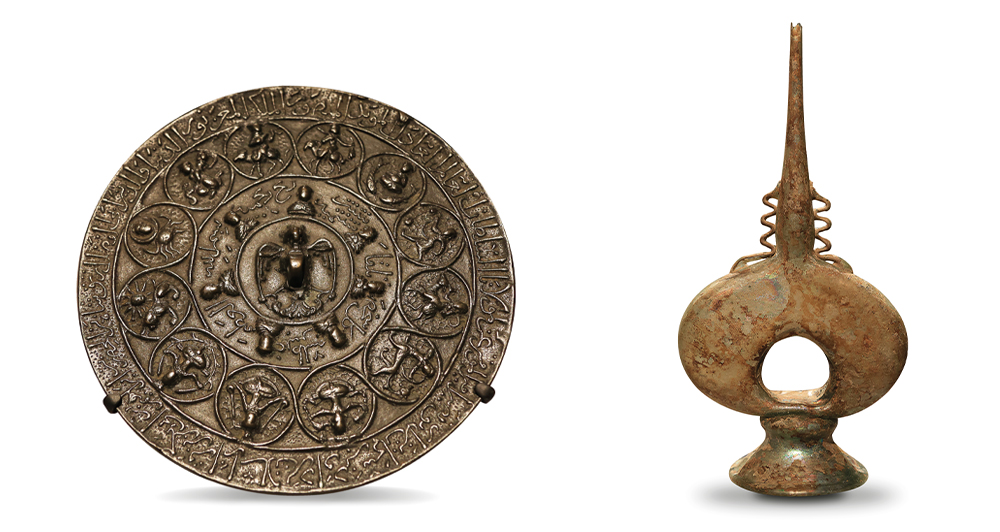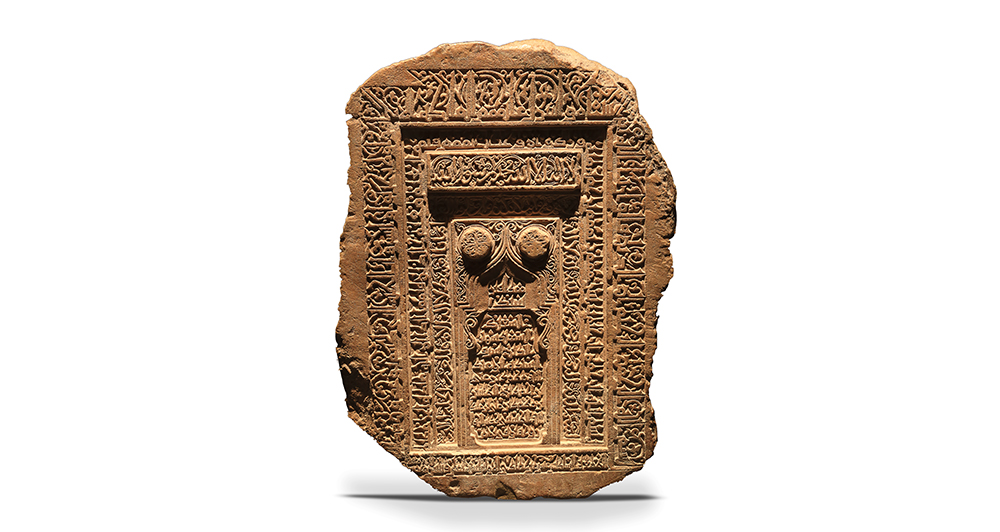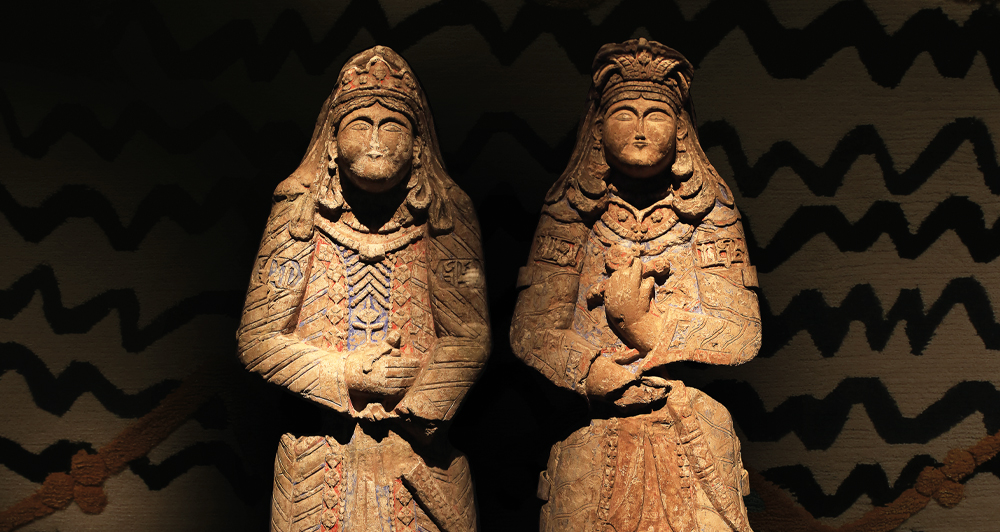Court and Cosmos
Long in the making, Court and Cosmos “The Great Age of the Seljuqs”, the magnificent works of art created by the Seljuqs from the 11th to the 13th centuries, were recently exhibited at the world-famous Metropolitan Museum in New York.
Metrepolitan Museum. The exhibition in the Iris and B. Gerald Cantor Hall featured 270 pieces of artifacts from different collections of the artistic, technological and cultural heritage of the Seljuks, who left their mark on an era. The exhibition, which brought together for the first time the artifacts of the Great Seljuk State and the Seljuk principalities of Iran, Iraq, Syria and Anatolia, was prepared in four years. Among the artifacts collected from 50 different museums, the contribution of Turkmenistan, which allowed historical artifacts to leave its borders for the first time, was seen as an interesting detail in the exhibition.
The most comprehensive Seljuk exhibition
The exhibition was curated by Sheila R. Canby, head of the Met’s Islamic Arts Department, Martina Rugiadi, assistant curator of Islamic Arts, and Deniz Beyazıt, the only Turkish curator at the museum. The Seljuk artifacts in the exhibition were taken out of different institutions and museums in Europe, America, the Middle East and Central Asia for the first time and had the chance to be exhibited at the Metropolitan Museum of Art in New York. The exhibition, which includes 270 artifacts made of ceramics, glass, plaster works, works on paper, wood, weaving and metalwork, is the most comprehensive Seljuk-themed exhibition in the world.One of the rare works in the exhibition, which has no other example in the textile industry in the world, is a silk woven fabric with the name of the Anatolian Seljuk Sultan Aladdin Keykubat, brought from the Lyon Museum, is one of the favorites of the exhibition. The Artuqid plate from the Anatolian Seljuk period, brought from Austria, is also unique in the world. The Blackas pitcher from England was among the unique artifacts in the exhibition. The early Islamic astrolabe, manuscript books and the Qur’an in küfi script were also among the works exhibited at the New York MET. The exhibition, which opened on April 27 at the Iris and B. Gerald Cantor Exhibition Hall of the Metropolitan Museum of Art, attracted great interest and remained open to visitors until July 24.
Understanding of art in Seljuks
The Anatolian Seljuks created many architectural works such as mosques, imaret and caravanserais of religious, social and commercial nature in order to serve the society. In these works, stone processing, writings and geometric shapes and ornaments are at the forefront. In Anatolian Seljuks, various geometric motifs, quadruple knots, swastikas, mukarnas, rosettes, medallions, palmettes, lotus, curved branches, rûmis, hataîs, Kûfî and nesih writings were widely used, especially on stone, tile, imitation marble.
In addition to these, human, angel and animal figures are frequently encountered. The human figures, reminiscent of Uyghur Turfan paintings, have round faces, slanted eyes, small mouths and thin noses. The motif of the ruler holding a handkerchief or a goblet in one hand and sitting cross-legged (Turkish sitting) can be found on tiles, marble reliefs and metal handicrafts.
The Anatolian Seljuks decorated palace gates and walls and castle walls with human and animal reliefs. In the religious buildings of the Seljuks, reliefs of double-headed eagles and people hunting on horseback are found. Tiling, one of the common arts, was used especially in the interior and exterior decorations of mosques, madrasas, tombs and masjids. In addition, fabric, carpet and rug weaving, calligraphy, illumination (book decoration), bookbinding, bookbinding, carving and marquetry, and metalworking were also developed.
